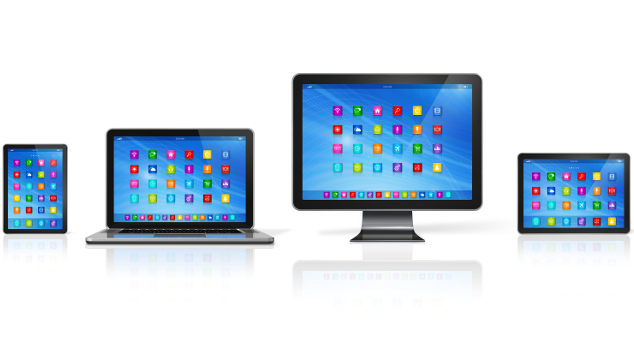
The PC bounceback is here… for some
Rejoice, rejoice, the PC market is back. And with a bang. No, I’m not talking about exploding machines, but explosive growth. Well, alright, not exactly explosive but I think we can call it strong, even if that term is relative. According to market research company Canalys, growth in the global PC market in the third quarter was the highest in seven years. While that sounds impressive, it’s worth noting that this record growth was in the order of 4.7% which says something about the PC market.
The top three places went to Lenovo, HP and Dell, in that order. Lenovo grew by 7.2% and took 24.4% market share while HP increased shipments by 8.5% to achieve 23.6% market share. So between them, the top two accounted for 48% of the market. For its part, Dell had 17% market share with a 5.2% increase in shipments and Apple had a 7.6% share of the market. Shipments by Acer were up marginally but the vendor’s market share fell from 7.2% to 6.9%.
Canalys said a number of factors contributed to the rise in shipments, including upgrades to Windows 10 and PC vendors ‘pumping up production orders’ and channel partners ‘building inventory’ in the US ahead of a round of tariffs on Chinese made notebooks and tablets on 15 December. Japan also experienced strong growth with a ramp up of IT infrastructure spend ahead of the Olympics next year. Shipments were up 63%. EMEA, on the other hand, grew by only 2%.
Research director of Canalys’ Mobility services, Rushabh Doshi, made an interesting observation concerning the effect of 14nm CPU supply constraints on the PC market. He noted that the shortage of Intel CPUs had given leading PC vendors “an advantage over smaller rivals” and contributed to HP and Lenovo’s best Q3 performance to date. He predicted that if Intel was not able to satisfy the spike in orders going forward, leading vendors would “have an opportunity to further consolidate the market and squeeze smaller vendors’ market share”.
Forbidden fruit
In that context, it’s worth remarking that shipments by other vendors outside the top five fell by a full percentage point from 21.4% to 20.4% in Q3 2019. It’s not that long ago that the ‘others’ category had the highest share in the PC market, according to IDC, with 25.9% in Q2 2017.
On the subject of IDC, the rejoicing is not quite as unconstrained as at Canalys as it believes the PC market only grew by 3% in Q3. The market share figures for Lenovo, HP and Dell were almost identical to those provided by Canalys but IDC claimed that Apple had lost market share and shipped fewer units in the period.
IDC agreed there had been a build up of inventory in the channel ahead of the introduction of trade tariffs but Linn Huang, research vice president, Devices & Displays, believed that “the commercial market should be able to digest the extra inventory over the next several quarters”. She added that “supply constraints may loom in subsequent quarters, so excess may not be a bad position for channel inventory through the remainder of the year”.
Adding to the confusion, Gartner’s estimate for growth in the third quarter was a miserly 1.1% with total shipments of 68 million units, 2.4 million less than IDC reported and 2.9 million fewer than Canalys. One reason for the disparity could be attributable to the fact that Gartner does not include Chromebooks in its figures but IDC and Canalys do. While acknowledging they were not included in the figures, Gartner revealed the worldwide Chromebook market grew in the third quarter, although there had been a modest decline in shipments in North America for the first time since its launch in 2011.
As with IDC and Canalys, Gartner senior principal research analyst Mikako Kitagawa said the Windows 10 refresh cycle had been “the primary driver for growth across all regions” and singled out Japan for experiencing very high growth. But unlike the other market research companies, Gartner argued the forthcoming imposition of US tariffs on Chinese built notebooks “had a minimal impact on PC shipments”.
While the market research companies present a mixed picture for the overall health of the PC market, they all seem in agreement that the top three PC vendors are strengthening their positions. “The top PC vendors have improved their profit margins from their PC business as a result of declining component prices, including DRAM and SSDs, over the past few quarters,” Gartner stated. “Margin improvement strengthened the positions of the top three vendors – Lenovo, HP Inc. and Dell – which was already significant.”
Whatever the disparity between their figures for the market, it does seem as if the top three vendors are all entitled to some measure of satisfaction, irrespective of which market research company you choose to believe. Whether they should be rejoicing is not as clear cut.







Subscribers 0
Fans 0
Followers 0
Followers